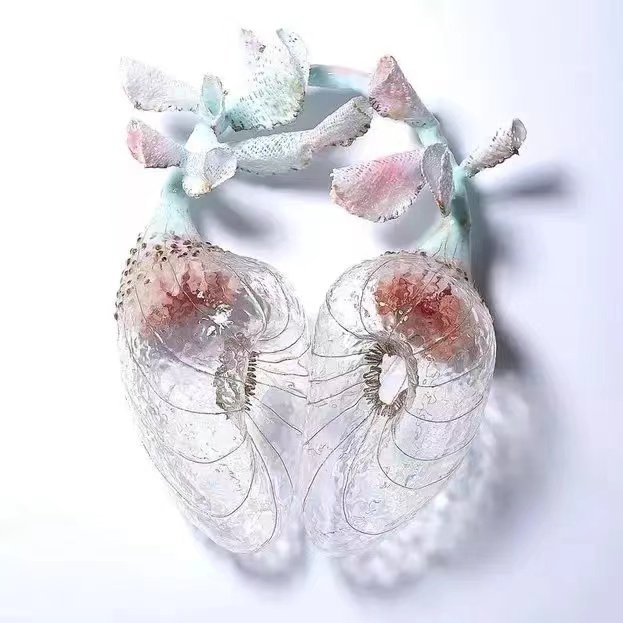Jewellery has become an essential part of everyone’s life; when we hold a piece of jewellery, we always think, what material is it made of? Jewellery production materials are commonly used: ceramics, artificial crystal, metal (titanium, copper, aluminium, gold, silver, Tin, etc.), wood, plastic, glass, leather and textiles, etc. Unique materials: PVC, acrylic, silk, biological materials (food materials, bacteria, etc.) and building materials, etc. Let’s introduce these jewellery making materials in detail.
What are the common jewelry materials?
The ceramic
At present, ceramics used in jewellery are made of high-precision ceramics and precious metal alloy powder, mixed and fired, and finally integrated into jewellery design after several precise and strict procedures and repeated machine grinding and polishing. The composition of the precious metal alloy powder determines its colour.
This kind of jewellery made of ceramic design is light and wear-resistant and anti-sensitive, and comfortable to wear. As a result, ceramics have become the jewellery material pursued by designers of major luxury brands.
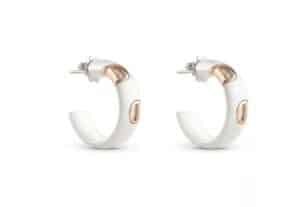 Ceramic earrings
Ceramic earrings
Artificial crystals
The most common use of artificial crystal in jewellery is swarovski. Swarovski’s unique design and perfect cutting of synthetic crystal make it shine especially, capturing the hearts of many people. Swarovski, with its unique design and exquisite cutting technology to make it into a delicate, delicate and elegant luxury.
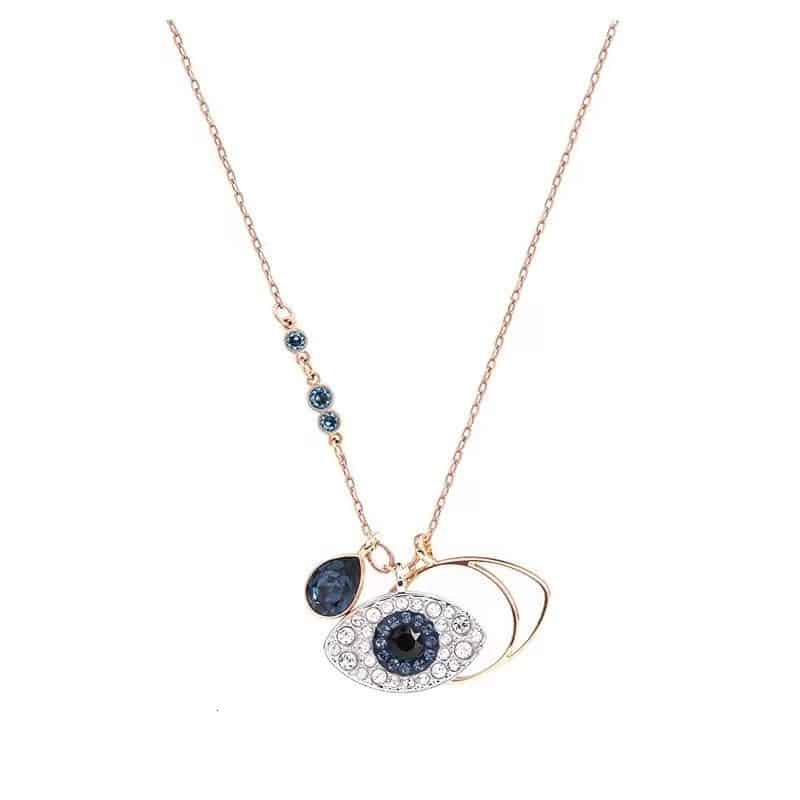 swarovski crystal necklace
swarovski crystal necklace
Metals (titanium, copper, aluminium, gold, silver and Tin)
In recent years, in addition to gold, silver, platinum and other precious metals used in jewellery, more and more designers choose titanium, copper, aluminium and other non-precious metals for jewellery design. Most copper, aluminium and other non-precious metals are coated by the PVD method to achieve design diversity.
Titanium and another colour of a single metal are different. Titanium has a unique anodizing property. It can be of many colours. Titanium at room temperature is silver grey, but temperature or voltage changes can make the surface of titanium bright, which is not comparable to other precious metals. Different from the additional metal coating is easy to fade; titanium will not fade, this colour gives designers more possibilities.
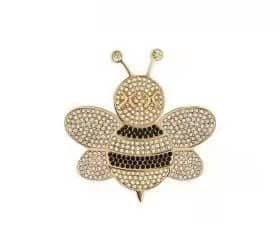 DIOR gold plated brass flowers
DIOR gold plated brass flowers
As the most common metal material in life, Tin can be directly drawn from cans, boxes, and other articles of daily use. So it is more environmentally friendly and in line with the theme of environmentally friendly jewellery. In addition, folding, cutting, splicing and other essential production techniques can convey the designer’s concept of environmental protection. And because the material is universal, it’s more economical.
The wood
Wooden material is gentle and moving. Its unique warmth and texture give designers more possibilities for inspiration. In addition, many jewellery wearers also choose wood to demonstrate their distinctive taste and integrity.
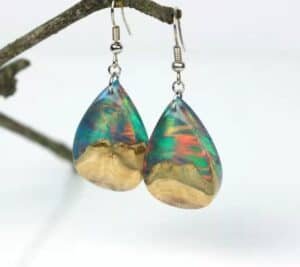
Plastic/glass
As the most popular modern material, plastic is often used to make cheap products and fast fashion products. It is lightweight, and the most significant characteristic is strong plasticity. Thermoplastic after a specific temperature heating will become soft, out of the hand control direct stereotypes, generally after 3-5 minutes completely cooling moulding. If the shape is not what you want, it can be reheated so that the plastic returns to its original condition. Plastic can also be used as a jewellery design material for 3D printing.

As an inorganic non-metallic material, glass is a trendy material for designers in jewellery design. Moreover, suppose the glass is made thin enough. In that case, it can make a good ornament because glass has a specific weight texture and can adjust the degree of transparency, to meet all kinds of design needs.
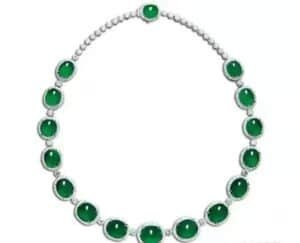
Leather and textiles
Leather and textiles belong to the fabric class, its unique soft texture and metal can form a great contrast.
Since the use of animal leather in leather materials will reduce animals, which is not conducive to environmental protection. More designers choose to use artificial leather instead of animal leather raw materials, offset the disadvantages of leather jewellery. But faux leather is still expensive, and leather that is punched or cut incorrectly cannot be recovered, so it must be remade with new materials. So it takes more time and money.
Compared with faux leather, the fabric or thread in textiles is more convenient and less costly to make.
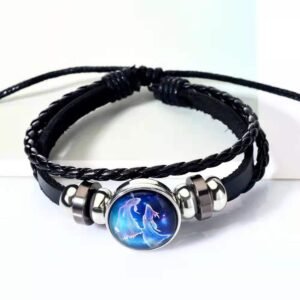
What are the special jewelry materials?
PVC
PVC material, namely polyvinyl chloride, is one of the world’s most significant plastic products, lightweight, easy to heat and shape. These characteristics in the hands of designers are fully utilized and combined with jewellery, design, and produce various fairy fantasy jewellery.
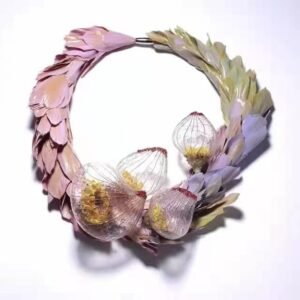
The acrylic
Acrylic resin handicrafts, resin as raw materials, through the mould casting, made of beautiful objects. Making resin is different from the traditional metal craft jewellery, which is simpler and easier to make, without the need for complex tools. With the rise of 3D printing and parameterization, resin raw materials are favoured by many jewellery designers.
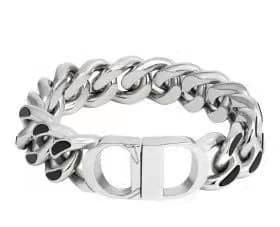 DIRO resin bracelet
DIRO resin bracelet
Spun silk
The unique texture of silk can shape very colourful jewellery. Combined with weaving, layering, and other design methods, a prosperous and orderly jewellery design can be made.
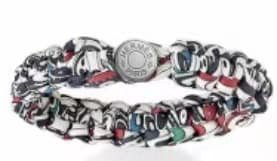 Hermes silk bracelet
Hermes silk bracelet
Biomaterials (food materials, bacteria, etc.)
In an era when sustainability is becoming global, the development of biomaterials is a priority. Designers widely use the story of food materials in biomaterials. Sugar, salt, chocolate, eggshell, rice and flour are some of the most popular ingredients in recent years.
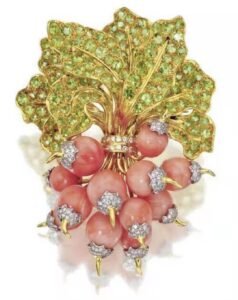
Building materials
Traditional materials include cement, wood, stone, brick, wall spray painting materials, waterproof materials, hardware materials, etc. These materials are often used in design because they have the advantages of retention and plasticity.
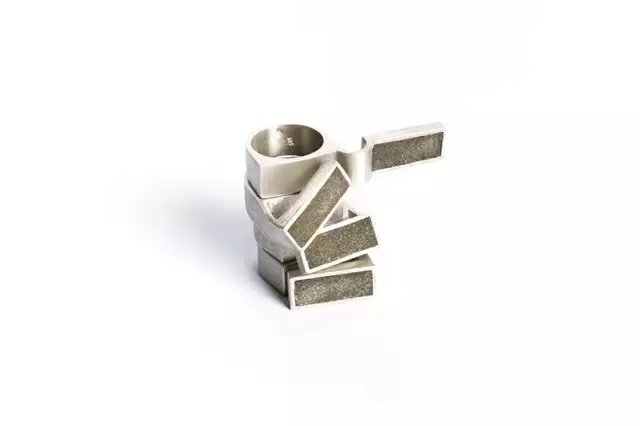
Paper
The paper can be bent, trimmed, cut, rubbed, torn, burned, dyed, etc., through different language attempts; the surface color and quantity of the material present secondary treatment, and you can obtain a rich design form.
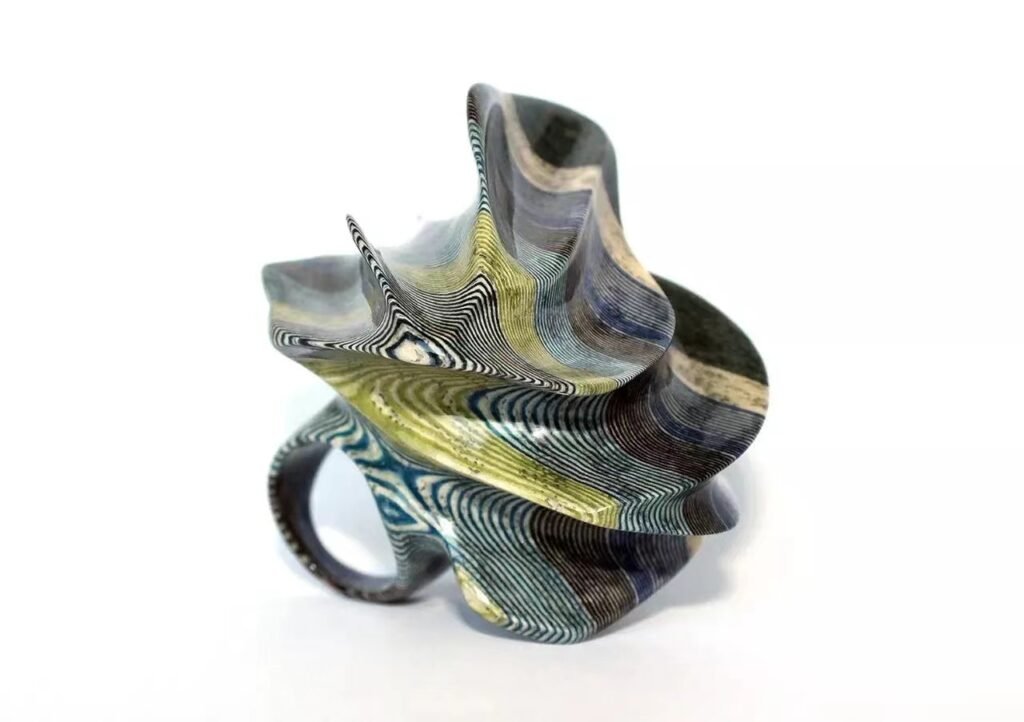
Silica Gel
Using silica gel as the primary material, which can change the texture and has a transparent synthesis, we designed a series of contemporary jewelry with fabric, paint, thread, and paper to convey our love for nature.
